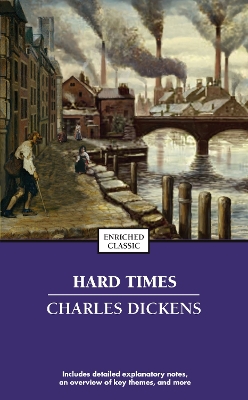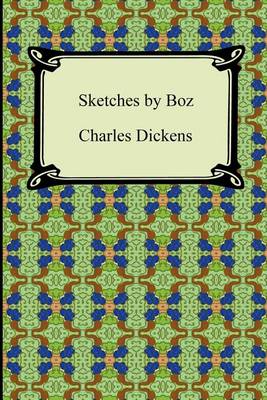Victorian
2 primary works
Book 111
This story of class conflict in Victorian England serves as a powerful critique of the social injustices that plagued the Industrial Revolution.
Always concerned with issues of class, social injustice, and employment, Dickens shows in Hard Times, written in 1854, a broader concern with the philosophies and economic movements which underlie those issues. Three parallel story lines reflect a broad cross-section of society and its thinking.
This edition includes:
-A concise introduction that gives the reader important background information
-A chronology of the author's life and work
-A timeline of significant events that provides the book's historical context
-An outline of key themes and plot points to guide the reader's own interpretations
-Detailed explanatory notes
-Critical analysis, including contemporary and modern perspectives on the work
-Discussion questions to promote lively classroom and book group interaction
-A list of recommended related books and films to broaden the reader's experience
Always concerned with issues of class, social injustice, and employment, Dickens shows in Hard Times, written in 1854, a broader concern with the philosophies and economic movements which underlie those issues. Three parallel story lines reflect a broad cross-section of society and its thinking.
This edition includes:
-A concise introduction that gives the reader important background information
-A chronology of the author's life and work
-A timeline of significant events that provides the book's historical context
-An outline of key themes and plot points to guide the reader's own interpretations
-Detailed explanatory notes
-Critical analysis, including contemporary and modern perspectives on the work
-Discussion questions to promote lively classroom and book group interaction
-A list of recommended related books and films to broaden the reader's experience
Book 135
The young Dickens composed these sketches, his first attempts at authorship, poised between two worlds. Thea Holmes writes in her Introduction, 'On the one hand Dickens depicts in relentless detail the horrors of poverty, disease, and crime - legacy of eighteenth-century London; on the other the prosperous vulgarity of the rapidly rising middle class.' Among the many essays are 'Scotland Yard', 'Gin-Shops', 'Shabby-Genteel People', and 'The Steam Excursion'. 'It is for the glimpses they afford us of their author that these sketches have a special fascination: not only in foreshadowings of future greatness but in those touches which reveal the young Boz himself.'

